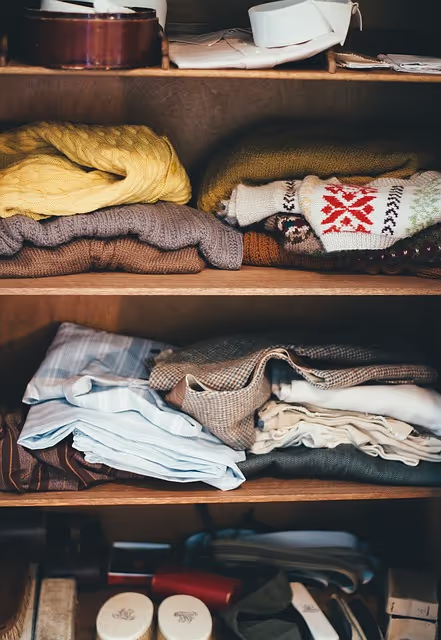Do Bed Bugs Lay Eggs in Clothes? – How to Keep Them Away
Do bed bugs lay eggs in clothes? Are they as much of a problem as pest control experts paint them to be? Can you get rid of bed bugs without seeking professional help? All these are questions we’ve asked ourselves at one point or another after encountering one or two of the bloodthirsty bugs.
Scientifically called Cimex lectularius Linnaeus, the common bed bug can be a much bigger problem than most people think. The bugs get their name from their habit of forming nests in and around human bedding where they thrive on blood meals for as long as they are left undisturbed. Bed bug infestations are some of the most difficult to get rid of completely because these bugs are very good at hiding in unexpected places.
Do Bed Bugs Lay Eggs in Clothes?
If you don’t find them hiding in the edges of your mattress, you’ll see them in its box springs, behind wall sockets, in crevices, hiding in upholstered furniture, in the headboard, behind hung pictures—the list of hiding places for these stubborn pests is endless.
You can catch a bed bug infestation early by checking the seams and folds of your bedding, including your mattresses and bed covers. It is only after they have multiplied that they begin to seek refuge inside pieces of furniture, behind loose wallpaper, in window and door moldings, and inside cracked plaster. In addition to bed bugs, if you live in a desert you should also know how to keep scorpions out. You can use lavender to keep scorpions and bed bugs away.
How do Bed Bugs Multiply?

By laying eggs of course. A female bed bug will lay 3 – 4 eggs a day, and a total of about 200 eggs in its lifetime. The eggs of the bed bug are coated with a sticky film that allows them to attach to any object they’re laid upon. Female bed bugs tend to choose various locations on which to lay eggs, and dirty clothes are usually their first choice. The eggs take anywhere between 6 – 17 days to hatch into nymphs, which begin feeding immediately after.
During its lifetime, a bed bug will molt (shed its outer skin) about five times before it is fully mature. It’s also worth noting that the color of a bed bug varies drastically depending on the last time it fed. When fed, a bed bug becomes more elongated, and its natural brown color turns to a dull red. A bed bug can feed on human blood for 3 – 5 minutes before it is satisfied, after which it retreats into its hiding place to digest its blood meal. The reason why a bed bug bite swells and becomes itchy is because when they bite, they inject a substance that helps them draw out blood. This fluid leaves the skin inflamed and irritated.
In Conclusion
If you are wondering do bed bugs lay eggs in clothes? The answer is yes. It is not recommended to handle a bed bug infestation on your own. They can easily be spread through clothing, bedding material, furniture, and dirty laundry. If you suspect a full-blown bed bug infestation in your home, do not carry any of their potential nesting grounds out of the house.
